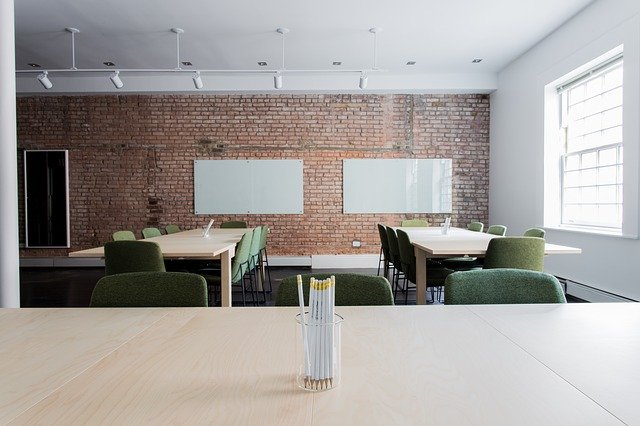
The disruptive influence of pandemic-related school closures on student learning may serve as a catalyst for much-needed shifts in how we think about how much time we devote to learning. Decades from now, we may look back at this period as we do with the launching of Sputnik in 1957, as an event that spurred innovation in new and productive directions. The reason for this optimism lies in the lessons we are uncovering around instructional time.
In the early 1960s, psychologist John B. Carroll was studying second language acquisition when he noticed that subjects in his study were all able to master the language content, but the time they each needed to do so varied greatly. This experience led Carroll to develop a model of learning that featured the importance of time as the key variable. In Carroll’s formulation, student learning is a function of time spent learning divided by the time needed for learning.
Carroll also identified other factors like student aptitude, background knowledge, and quality of instruction as influential in the amount of time needed for learning. This may not seem revolutionary now, but Carroll’s articulation of the relationship between time and learning was highly influential.
What does this have to do with the COVID-19 pandemic and American education?
The fundamental problem COVIDCovid-19 has introduced a dramatic loss in the quantity and quality of instructional time across the American educational landscape. With students and teachers physically separated and schools scrambling to design and deliver remote learning to students, policymakers and parents alike are concerned with the potential learning gap that the Covid-19 closures cause, particularly for at-risk learners. It is unlikely that the typical school will be able to match the quality of its face-to-face learning in remote delivery.
At the same time, the wide-scale closure of school buildings presents a unique opportunity for K-12 educators to undergo a quantum leap in the development and delivery of learning to students. Schools are being forced to innovate at scale. If schools learn how to deliver remote learning well as a response to this crisis, what is stopping them from doing so during the summers and snow days? Why not create a mastery-based learning plan for every student that includes learning throughout the calendar year—a true mix of in-school and remote learning? Instead of driving a loss in learning time, perhaps the lessons we are learning now can help unlock more time than ever before.
These aspirations may seem countercultural for American educators and families, but this mindset change is critical for U.S. education. Seventy years of achievement data have shown that there have never been enough learning hours in US school calendars to close achievement gaps for at-risk learners.
The real opportunity of this pandemic is to break the monopoly school buildings and school calendars have on our collective mental model of delivering learning experiences to children. The idea of seasonal, location-centric learning is not compatible with the needs of a 21st century economy. Nor is it compatible with the realities of achievement gaps or global competition, not to mention hurricanes, polar vortexes, and—of course—pandemics. If American educators, parents, and students see learning as a continuous activity that occurs throughout the year, at home and at school, and supported by both parents and educators, there is reason to believe that this difficult period will mark a positive inflection point in education in this country.
This is not to say that extending learning time through remote learning will be easy. Certainly not. Educators, parents, and students around the country can attest to the many challenges of remote learning, amid competing demands of remote work, remote caregiving, and for many, unemployment and financial strain. Pedagogical, safety, privacy, and technical challenges have slowed ambitious educators and parents looking to provide robust remote learning experiences to students. Challenges around access persist, with too many families living without broadband Internet or enough devices for their children to use. Even so, it is still possible to serve students without digital access. Sending printed packets home, creating video-based lessons optimized for smartphones, answering questions over the phone for students, and taking advantage of low-tech, on demand tutoring services like Kapeesh are all better than the alternative of complete educational inactivity. The lessons we are learning about remote learning are not limited to digital spaces.
The mistake often made in education policy circles is to focus on every input in learning—curriculum, technology, pedagogy—while holding instructional time constant at 180 days. But recall Carroll’s finding: learning is a function of time. If we want to improve student learning, we must increase the quality of learning time or the quantity of learning time. Remote learning represents a clear opportunity to solve for the quantity portion of this problem. Schools and families will get better at remote learning because this pandemic is forcing us to do so. That is the necessity. The opportunity, however, is to capitalize on what we learn from this disruption and provide students extended learning time outside of the traditional school year.
Nick Sheltrown is chief learning officer of National Heritage Academies.
Read more from Education Next on coronavirus and Covid-19.
more news https://northdenvernews.com